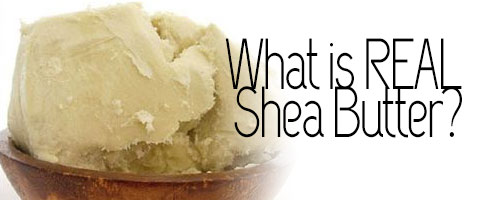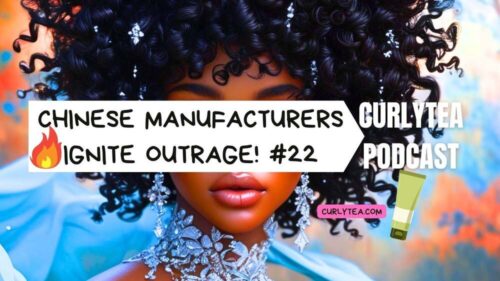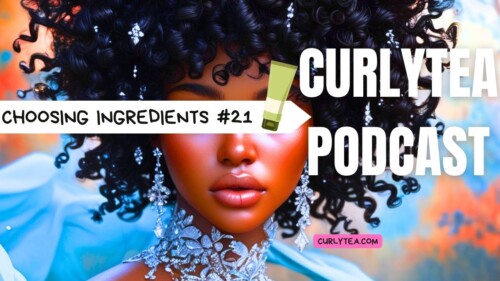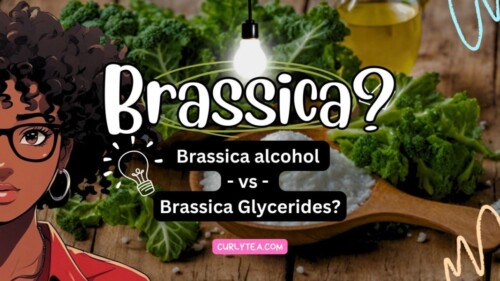What Exactly is Real Shea Butter?

Wow. This is a tough question! Everybody feels like they know what real shea butter is and isn't. Other people say different parts of Africa have their own versions of shea butter. The general consensus seems to be that real shea butter is not hard or gritty, but rather soft and creamy.
In the United States, the American Shea Butter Institute has weighed in to give a guideline about what to look for when buying shea butter. And here's a hint: that yellow stuff in the Beauty Supply store may or may not be it.


Wow. This is a tough question! Everybody feels like they know what real shea butter is and isn't. Other people say different parts of Africa have their own versions of shea butter. The general consensus seems to be that real shea butter is not hard or gritty, but rather soft and creamy.
In the United States, the American Shea Butter Institute has weighed in to give a guideline about what to look for when buying shea butter. And here's a hint: that yellow stuff in the Beauty Supply store may or may not be it.
According The American Shea Butter Institute, "premium" shea butter is "uniformly beige" in color and is of a "creamy solid" texture. Here's the direct quote:
"…At room temperature, Premium Shea Butter is a soft uniformly beige colored creamy solid that readily melts in the hands and is quickly absorbed by the skin. When left in a hot room or near a heat source, Shea Butter will readily melt."
In my personal experience, almost every version of beige colored shea I've purchased has been creamy and provided instant softness to my skin and hair. My hair is usually soft for days afterwards too.
I think it's important to note when I say "beige" that doesn't necessarily mean light brown. The best shea butter can be anywhere from traditionally light beige to a super, super, super faint yellow tint. So when they say "uniformly beige"… maybe they need to post photographs?
The best quality shea butter I've ever used is from CoastalScents.com when they used to sell the 1lb blocks directly from the Nuna Village Cooperative in Ghana.
In contrast, the versions of yellow shea I've tried have been hit and miss. Almost all of the deep yellow colored shea butter I've used has been harder in texture than the beige. Some felt ok, like the so-called "East African" shea butter. But even that one didn't give me the long lasting softness of the beige version.
Other yellow sheas I've tried (like off the shelf at the beauty supply store) just felt occlusive and didn't provide the instant softness I'm used to.
But I can only speak for myself. Other Naturals apparently have some very good things to say about that yellow shea. Some who have ties directly to African countries report they've only ever used yellow shea butter, even in their home country.
Considering how some promoters of shea butter have used the "shea" name to advertise all kinds of products, people have speculated that the bright yellow version often found in places like the Beauty Supply store may be Shea butter adulterated with Red Palm oil to give it a bright yellow hue.
Other people have openly worried the yellow version has been dyed with yellow coloring to sell more product because of the misconception that "shea butter" is bright yellow.
Some folk, like me, are suspicious the bright yellow "shea" isn't shea at all, but rather a different butter called "Kpangnan" butter, aka "African Butter" or "River butter" for short.
On the American Shea Butter Institute's website is information about how to tell Shea Butter and African Butter apart. Shea butter is "faintly yellow/ivory beige" in color, while African Butter is "Mustard yellow"….like the kind in the Beauty Supply store.
Aside from the different colors, each butter comes from a tree which grows in a completely different climate.
Shea butter comes from trees which grow in super-dry climates with very little moisture. The Shea tree (Karite tree) has drought resistance properties which is why the butter works so well to fight against dryness and to heal parched skin.
TIP: To relieve dry skin and hair, integrate ingredients which have drought-resistant properties. Look for ingredients which come from naturally hot or dry arid areas. Two of my favorites right now: Shea butter and Baobab oil
Other ingredients that come from dry areas:
Mongongo (Manketti) oil
Marula
African butter, on the other hand, comes from trees which grow near rivers and rain forest areas. That's how it got the nickname "River butter".
The so-called "healing fraction" of each butter is different as well with shea butter having upwards of 400 times larger healing faction than African Butter, according to the American Shea Butter Institute.
5 years ago, someone posted a video through "le Corps de la Paix" about how shea butter is created in the African country of Mali.
The video titled "Shea: From Nuts to Butter" was reportedly produced to show Malian women how to improve shea nut processing. View it here:
{youtube}Q7ktkxQuCjI{/youtube}
At the very end of the video, the final cooled-down shea butter is in fact a beige light color; not a bright mustard yellow color like what's found in the Beauty Supply stores.

Here's another example from a video called "Shea Butter Processing" on Youtube:


On the other hand, in the video posted directly at coastalscent's website you can see a scene where it looks like there are two different colored versions of shea butter in some kind of storage area. Check out the screenshot here: (around 2min 45sec in the video):

If you're purchasing white colored "shea butter", it has more than likely been bleached and deodorized (ie refined). The process is thought to strip shea butter of most of its great qualities.
Whatever the situation, one thing is for sure: high quality shea butter is NOT white. At all. Real, high quality unrefined shea butter will always have some type of tint to it.
Figure out which one works best for you, but make sure you're actually using real shea butter when making the determination of whether or not it works.
Related
http://www.sheainstitute.com/asbi-library/
https://www.youtube.com/watch?v=Q7ktkxQuCjI
https://www.youtube.com/watch?v=SrRUPxpI29w
http://www.coastalscents.com/natural-products/project-ghana.html
http://www.sheainstitute.com/asbi-library/african-butter-vs-shea-butter/



